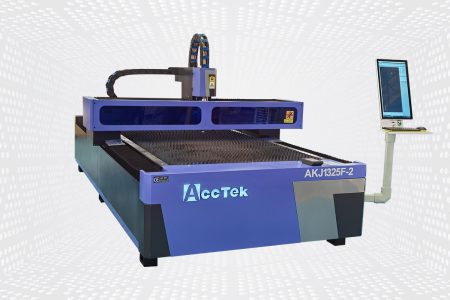AccTek Mixed Laser Cutting Machine
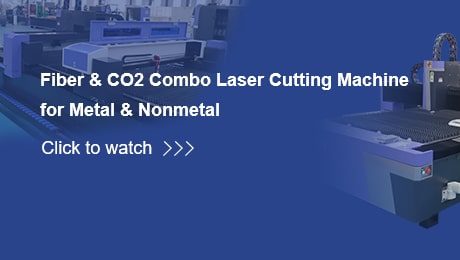
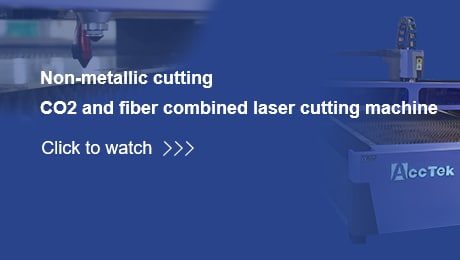

Advantages of Mixed Laser Cutting Machine
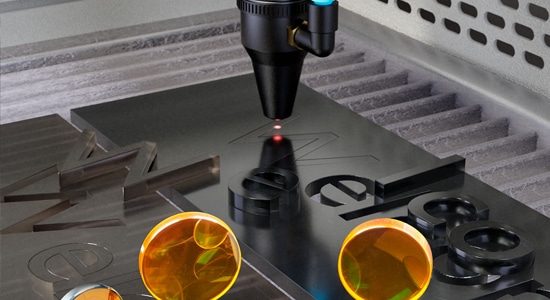
Wide Range of Materials
Wide Range of Materials

Increased Efficiency
Increased Efficiency
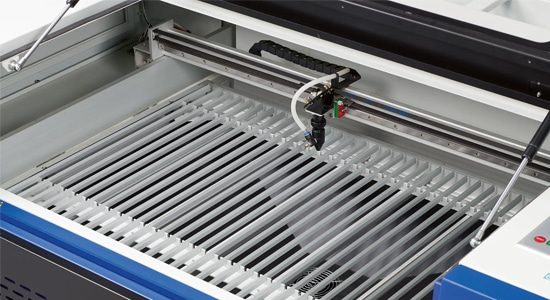
Lower Operating Costs
Lower Operating Costs
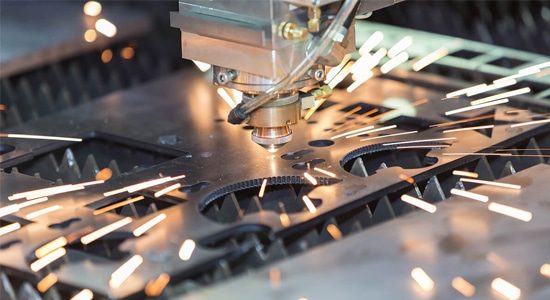
High-Precision Cutting
High-Precision Cutting
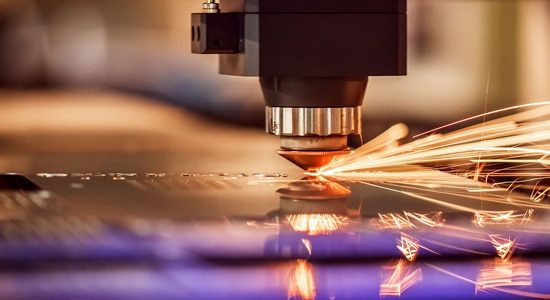
Flexibility
Flexibility
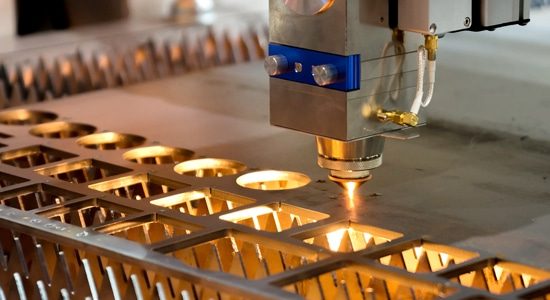
Safe Operation
Safe Operation

Lower Operating Costs
Lower Operating Costs

Safe Operation
Safe Operation
Frequently Asked Questions
A hybrid laser cutter is a versatile tool that can precisely cut a variety of materials. The types of materials that a hybrid laser cutter can cut depend on the power, configuration, and capabilities of the specific machine. Typically, a hybrid laser cutter can cut the following materials:
- Metal: It can cut a variety of metals, including steel, aluminum, copper, brass, and titanium. It produces a high-powered laser beam that easily melts and vaporizes metal for clean, precise cuts.
- Plastic: It can cut various types of plastics, including acrylic, polycarbonate, PVC, ABS, and PET.
- Wood: It can cut wood and wood-based materials such as MDF, plywood, and solid wood.
- Leather: It can cut different types of leather and other similar materials, including genuine leather and artificial leather.
- Fabric: It can cut various types of fabrics, including cotton, silk, polyester, and nylon.
- Glass: It can cut glass, including tempered glass and borosilicate glass.
- Foam: It can cut various types of foam, including polyurethane foam, expanded polystyrene (EPS) foam, and extruded polystyrene (XPS) foam.
- Rubber: It can cut various types of rubber, including neoprene, silicone, and natural rubber.
It is important to note that certain materials may require specific laser parameters or additional equipment, such as fume extraction systems, depending on their composition and thickness. It is always recommended to consult your machine’s owner’s manual or consult a trained technician to determine the best cutting parameters for a particular material.
The mixed laser cutting machine is a multifunctional laser cutting machine that can cut a variety of materials by combining different types of lasers. While mixed laser cutting machine offers some advantages, such as increased flexibility and reduced setup time, there are also some disadvantages to consider:
- Higher Cost: Mixed laser cutting machines are more expensive than single laser cutters because they require additional components to handle different materials, such as multiple laser generators, lenses, and mirrors.
- Increased Complexity: The increased number of components in a hybrid laser cutting machine means that operation and maintenance become more difficult. This may require additional training and expertise to be able to effectively use and maintain the machine. Plus, complex structures can lead to increased downtime and increased maintenance costs.
- Slower Cutting Speed: While mixed laser cutting machines offer more flexibility, they may not perform as well as dedicated cutters for specific materials. The machine may not be optimized for a particular material, resulting in slower cutting speeds.
- Reduced Cutting Accuracy: Using multiple laser sources will also reduce the cutting accuracy of the machine. This is because each laser source may have slightly different characteristics that can affect cut quality.
- Limited Cutting Thickness: Mixed laser cutting machines are designed to handle a variety of materials, which means they may not be as effective at cutting certain materials as dedicated laser cutters. For example, a mixed laser cutting machine may not be able to cut thicker metal materials as efficiently as a dedicated metal cutter.
- Space Requirements: Due to the additional components required, a mixed laser cutting machine may be larger than a single laser cutter and therefore require more space.
- Maintenance And Repair: Maintenance and repair of a mixed laser cutting machine can be more complicated than a dedicated machine because there are more parts to maintain and repair. Plus, each laser type has its own maintenance requirements, and the maintenance schedule may need to be adjusted based on the type of material being cut.
- Training: Because hybrid laser cutters are more complex than dedicated laser cutting machines, operators may require more extensive training to use them effectively. This increases training costs and the time it takes to get the machine up and running.
Mixed laser cutting machines are often used in industries that require high-precision cutting of various materials. Some of the most common industries using mixed laser cutting machines include:
- Automobile Industry: Mixed laser cutting machines are widely used in the precision cutting of various parts of automobiles, for cutting various materials such as sheet metal, plastic parts, and composite materials.
- Aerospace Industry: The aerospace industry uses mixed laser cutting machines to cut a variety of materials, such as aluminum alloys, titanium alloys, composite materials, and high-strength steel.
- Electronic Industry: It can be used for cutting and etching various electronic components, such as printed circuit boards, liquid crystal displays, and semiconductor chips.
- Medical Industry: The medical industry uses mixed laser cutting machines to cut and shape various materials such as titanium, stainless steel, and other metals, and of course plastics and composites.
- Building And Construction Industry: It is used for cutting metal, wood, and other materials used in the building industry and creating intricate designs and patterns.
- Sign Industry: It is used for cutting various materials used in signage, including acrylic, wood, and metal.
- Packaging Industry: It is used for cutting and engraving various packaging materials, including cardboard, plastic, and metal.
- Furniture Industry: It is used for cutting various types of wood, MDF, and other materials used in furniture production.

